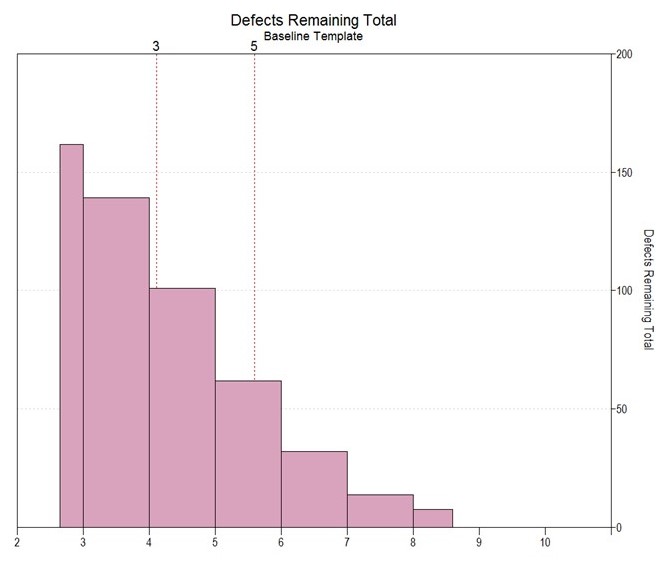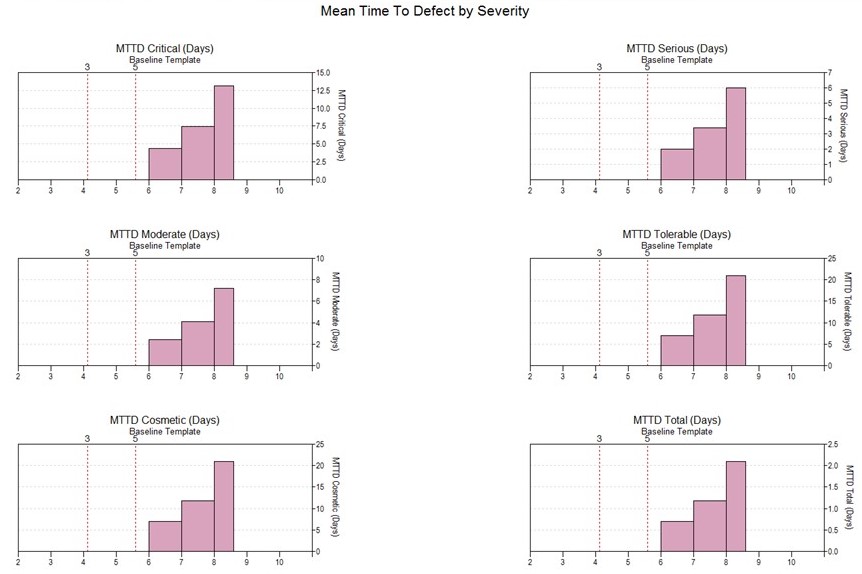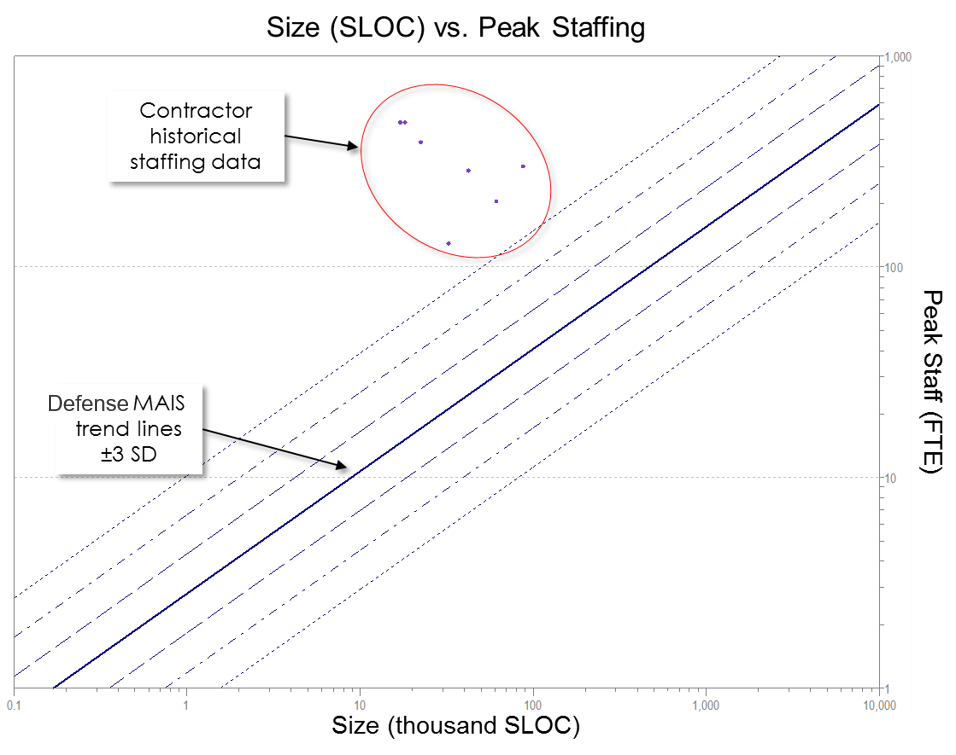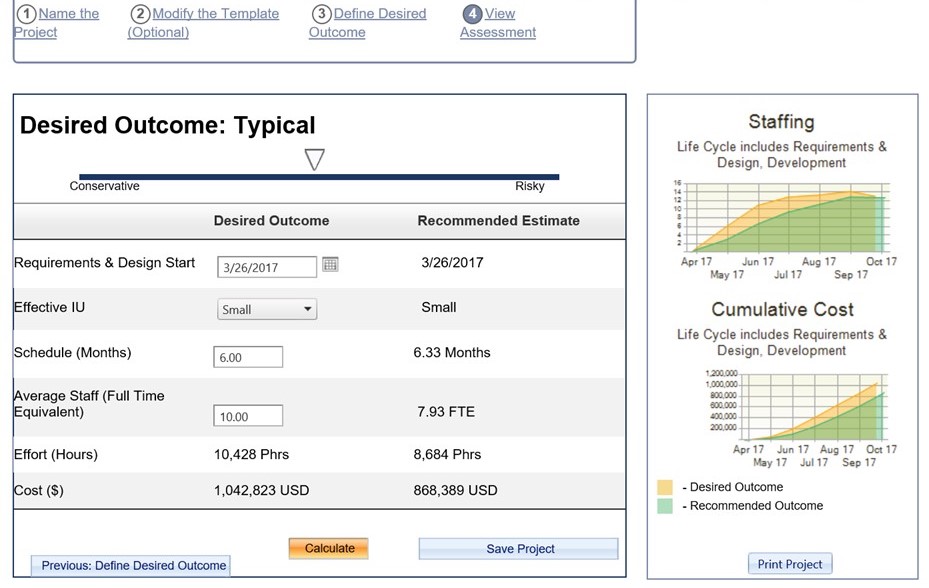Agile On-Time, But Is It Reliable?
With agile projects, we hear a lot about the planning benefits of having a fixed number of people with a fixed number of sprints. All great stuff when it comes to finishing on time and within budget. But one of the things we also need to focus on is the quality of the software. We often hear stories about functionality getting put on hold because of reliability goals not being met.
There are some agile estimation models available to help with this, and they can provide this information at the release level, before the project starts or during those early sprints. They provide this information by leveraging historical data along with time-tested forecasting models that are built to support agile projects.
In the first view, you can see the estimate for the number of defects remaining. This is a big picture view of the overall release. Product managers and anyone concerned with client satisfaction can use these models to predict when the software will be reliable enough for delivery to the customer.

In the second view, you can see the total MTTD (Mean Time to Defect) and the MTTD by severity level. The MTTD is the amount of time that elapses between discovered defects. Each chart shows the months progressing on the horizontal axis and the MTTD (in days) improve over time on the vertical axis.









